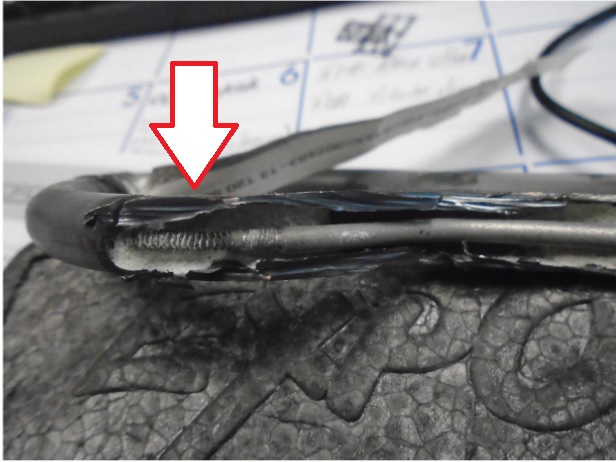Electric Heating Coils: Selection & Design
Last updated on March 13th, 2024 at 03:24 am
Electric heating coils transfer energy from the heater to the target medium. They’re an important part of many industrial heating solutions.
A coil is a heating element attached to the heating unit itself. The heater generates an electric current flowing into the coil, which transfers the electric energy into heat energy. It may be directly immersed in the medium to heat it or radiate heat through an open space.
The coil may be exposed or covered, depending on its application.
Choosing Electric Heater Coil Materials
The heater’s purpose and target medium determine the best materials for the electric heater coils. Two of the most popular choices are Nickel-based materials and Iron-based materials.
The most common Nickel-based coil material is nichrome. Nichrome is an alloy containing 80% Nickel and 20% Chrome. Nichrome is predominantly used in high-temperature applications up to 1250℃. This mixture has several advantages, including
- Oxidation Resistant
- Reliable Resistance
- High Melting Point
- Minimal Expansion When Heated
Iron-based may also be used for this purpose. Most commonly an Iron-Chromium-Aluminum alloy. This alloy costs less than nickel but is more prone to corrosion.
Silicon Carbide (SiC) and Molybdenum Disilicide (MoSi2) heating coils are more expensive but offer higher temperatures and longer lifespans. SiC can supply heat up to 1600℃. MoSi2 can reach as high as 1800℃.
Types of Electric Heating Coil Elements
There are two main types of electric heating coil elements, open and covered. In short, open coils are for indirect heating, and covered coils are for direct heating. Although open coils are inexpensive and highly efficient, they aren’t suitable for all applications.
Open Electric Heating Coils
Open coils leave the elements exposed. There is no need for them to supply heat through a protective covering, so they have rapid heating times. They are low maintenance and have inexpensive, easy-to-replace parts. The downside is that the exposed elements are more vulnerable to damage.
Open coil elements are mainly used in:
- Space Heating
- Duct Heating
- Pipe Heating
- Metal Tubing
- Tank Heating
- Forced Air
- Ovens
Covered Electric heating Coils
Exposed elements are not appropriate for all heating applications. For instance, direct heating processes leave open coils susceptible to damage and corrosion. To prevent this, heater coils use a protective sheath. This sheath protects the elements while also reducing the risks of electrocution or fires.
The sheath material is an important consideration when choosing an immersion heater. Material selection should be based both on the application and the properties of the target medium. Severely corrosive solutions, for example, would likely use an Incoloy sheath due to its corrosion-resistant properties.
Heater Coil Shapes
Electric heating elements offer a high degree of customization. In addition to a wide selection of materials, elements come in various custom shapes.
With a coil heating element, the coil size is relative to the exact size of the heated area. This design avoids wasted energy and ensures the maximum required area is covered.
Other shapes, such as long bar elements, offer a different purpose. This shape is ideal for space heating. The bar throws the heat further, generating superior heat distribution through the area. A coil supplies heat to a more specific area.
Purchasing Electric Heating Coils
Whether you are putting together a new heater or replacing/upgrading an existing heating system, WATTCO can help. Contact us today for help selecting the right electric heating elements and configuration for your application.

